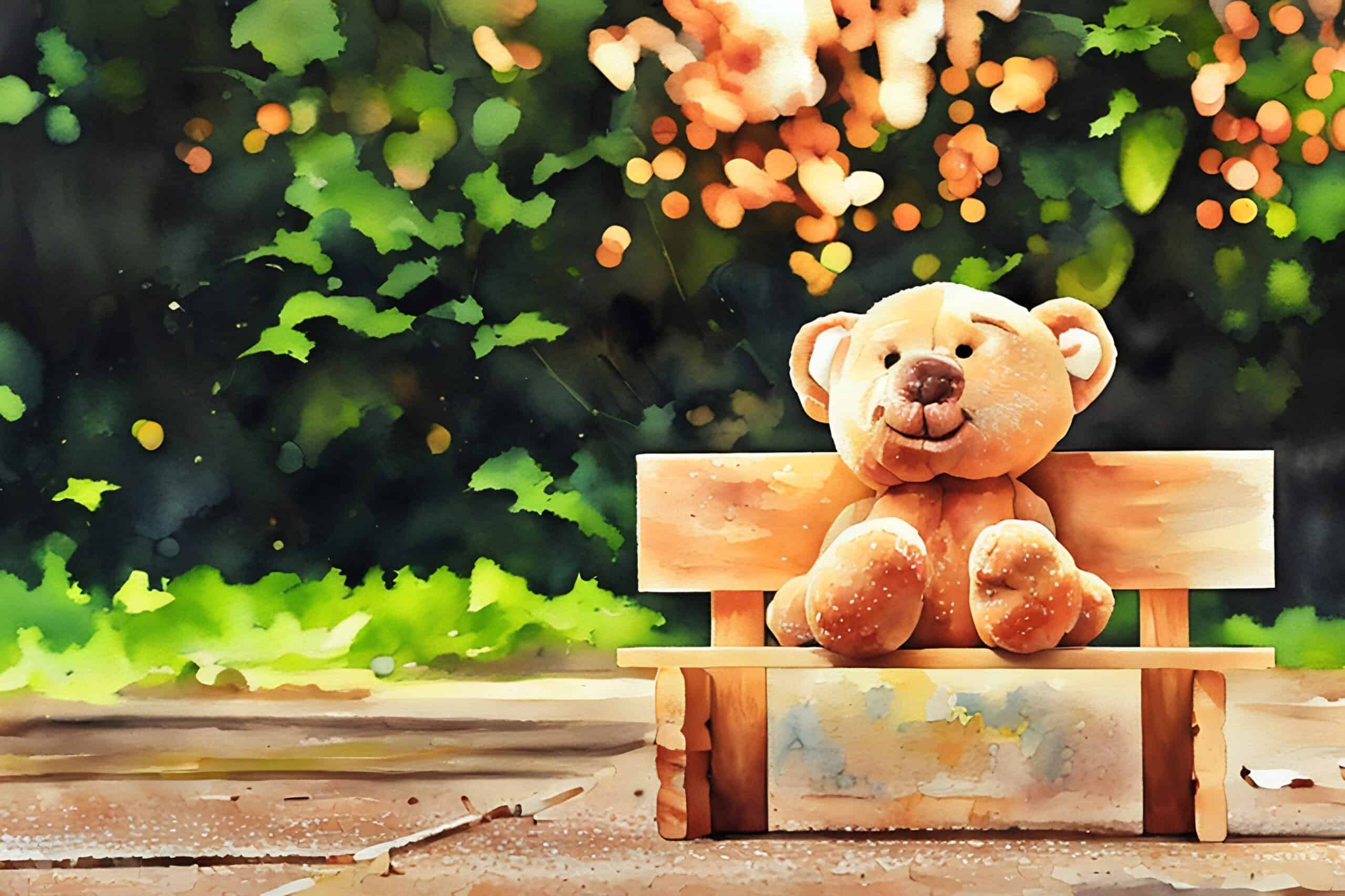Crafting Enchanting Children’s Stories: A Friendly Guide for Aspiring Authors
Salut! Have you ever thought about writing a children’s book? Picture this: a room full of smiling kids, their eyes wide with wonder as they flip through the pages of your book. That's the magic of children’s literature. Today, we're going to briefly walk through a few considerations for self-publishing children’s stories..
Understand Your Readers
First things first, let’s talk about who you’re writing for. Children’s literature comes in all flavors. From fluffy picture books for tiny tots to thrilling young adult novels for teenagers, each age group has its own tastes and interests.
Imagine writing a story for toddlers—it’s all about simple themes and colorful characters. Then picture a tale for preteens, where friendship and adventure rule the day. To nail your story, you’ll need to wear the hat of both a writer and reader. You’ll want to understand what resonates with your little readers. What do they like? What do they dislike? What makes them giggle? What are their challenges? Knowing this will help you craft a story that speaks directly to them.
Brainstorm Your Big Idea
Now that you've got a feel for your audience, it's time to dive into brainstorming! Think of a concept that stands out—like a unicorn in a field of horses. What do you want your readers to learn or feel? Maybe it’s about being kind or never giving up on your dreams.
Different age groups love different vibes. Younger kids adore tales of friendship and fun, while older readers might enjoy a bit of mystery or self-discovery. Also, mixing in popular themes can make your story connect with the times, reflecting current and cultural relevance.
Create Awesome Characters
Characters are the stars of your show, so let’s make them unforgettable. Think about creating a main character who feels real—a character readers can relate to and cheer for. And don’t forget to surround them with friends, family, pets, or even quirky magical creatures. The more diverse, the better!
In chapter books and middle-grade novels, it’s super important for characters to grow, just like kids do. As they face challenges and learn lessons, young readers will see a bit of themselves in your story.
Set the Stage
The setting of your story is like the cozy couch in your living room—it should feel just right! Use vivid descriptions to create a world readers can dive into. Whether it’s a bustling city, a comfy home, or a wacky fantasy land, your setting should match the mood of your story and pull readers in.
Remember the excitement of exploring new places? Your young readers are just like that. So, don’t hold back! Let your imagination run wild and fill your pages with delightful landscapes!
Build an Exciting Plot
Okay, let’s get to the meat of the story: the plot! A good plot keeps kids glued to the pages. You might want to try a three-act structure: there’s the build-up, the big moment, and the satisfying conclusion. Keep things moving with fun twists and turns, especially for younger readers who love a good thrill.
And remember, humor is your best friend. Adding funny moments makes the story relatable and keeps kids giggling! Finding the perfect balance of excitement and laughs helps your narrative make a real connection.
Age-Appropriate Plot Tips
Here are a few age-specific plots to keep in your back pocket:
- **Picture Books**: Use fun rhythms and repetition to keep things lively. Illustrations should complement your words,.
- **Chapter Books**: Let your characters tackle relatable school troubles and personal growth at a nice, steady pace.
- **Middle-Grade Books**: Focus on themes like navigating middle school—it’s like an adventure park with lots of highs and lows!
- **Young Adult Books**: Develop a full story with deeper themes, mixing in moments of lightheartedness to balance the serious stuff.
Start with a Bang
You know what they say: you never get a second chance to make a first impression! That’s why your opening lines are so important. Start with something that teases a big adventure or gives a fun glimpse into your character's world. Whether it’s a mysterious problem or a hilarious situation, hook your readers right from the start!
Wrap Up
So there you have it! With a little love and a splash of creativity, you can craft engaging and age-appropriate children's storylines. By following these tips and tricks, you'll be on your way to writing stories that not only entertain but also inspire young minds.
Examples
If you're looking for some inspiration, check out these classic gems:
- **"Where the Wild Things Are"** by Maurice Sendak for great picture book storytelling.
- **"Charlotte's Web"** by E.B. White for a fantastic chapter book example.
- **"Wonder"** by R.J. Palacio for some middle-grade magic.
- **"The Fault in Our Stars"** by John Green for a deeper dive into young adult themes.
And remember, there are tons of online resources, courses, and communities where you can connect with fellow writers. So grab your laptop, start typing, and happy writing!

